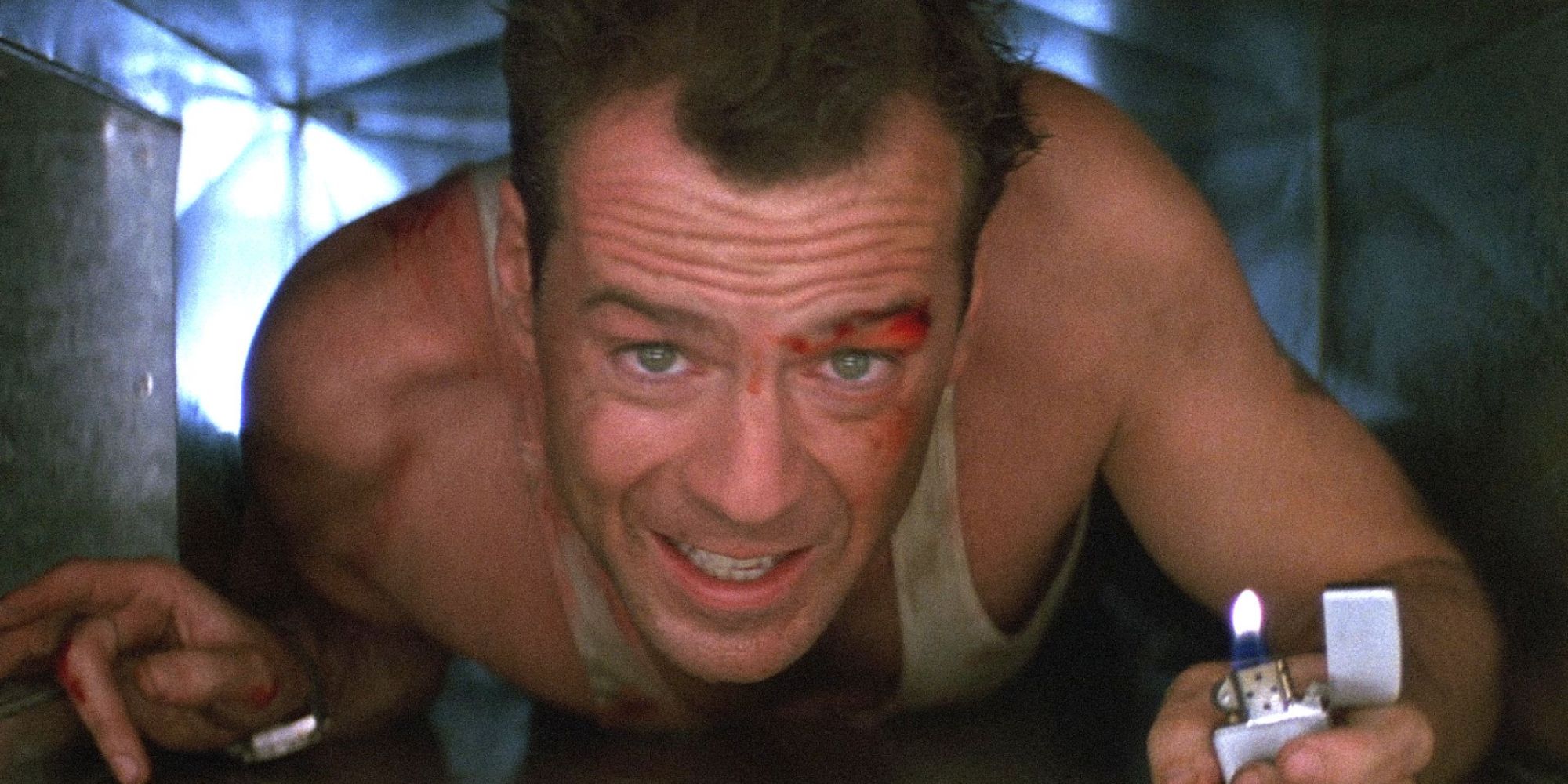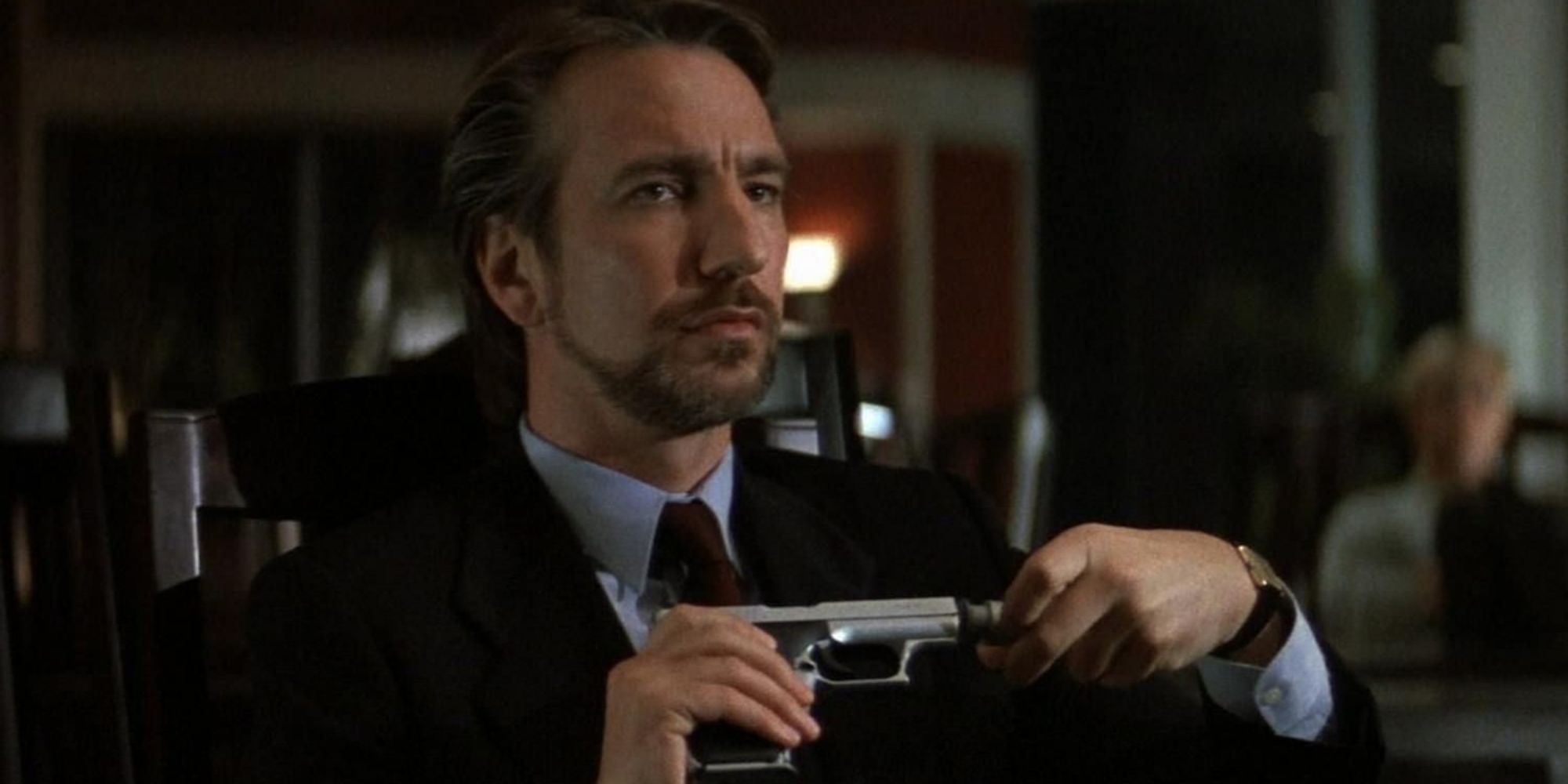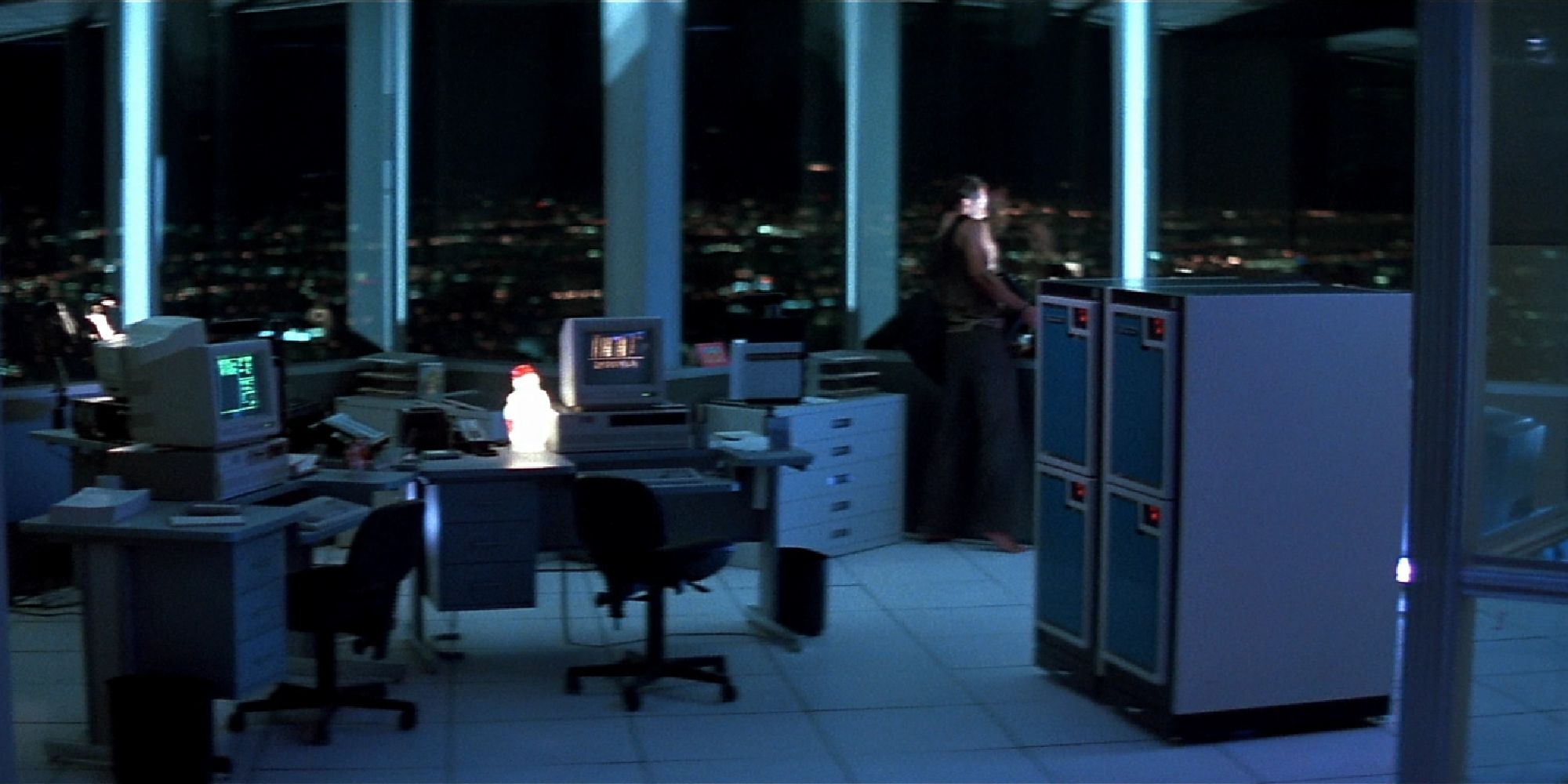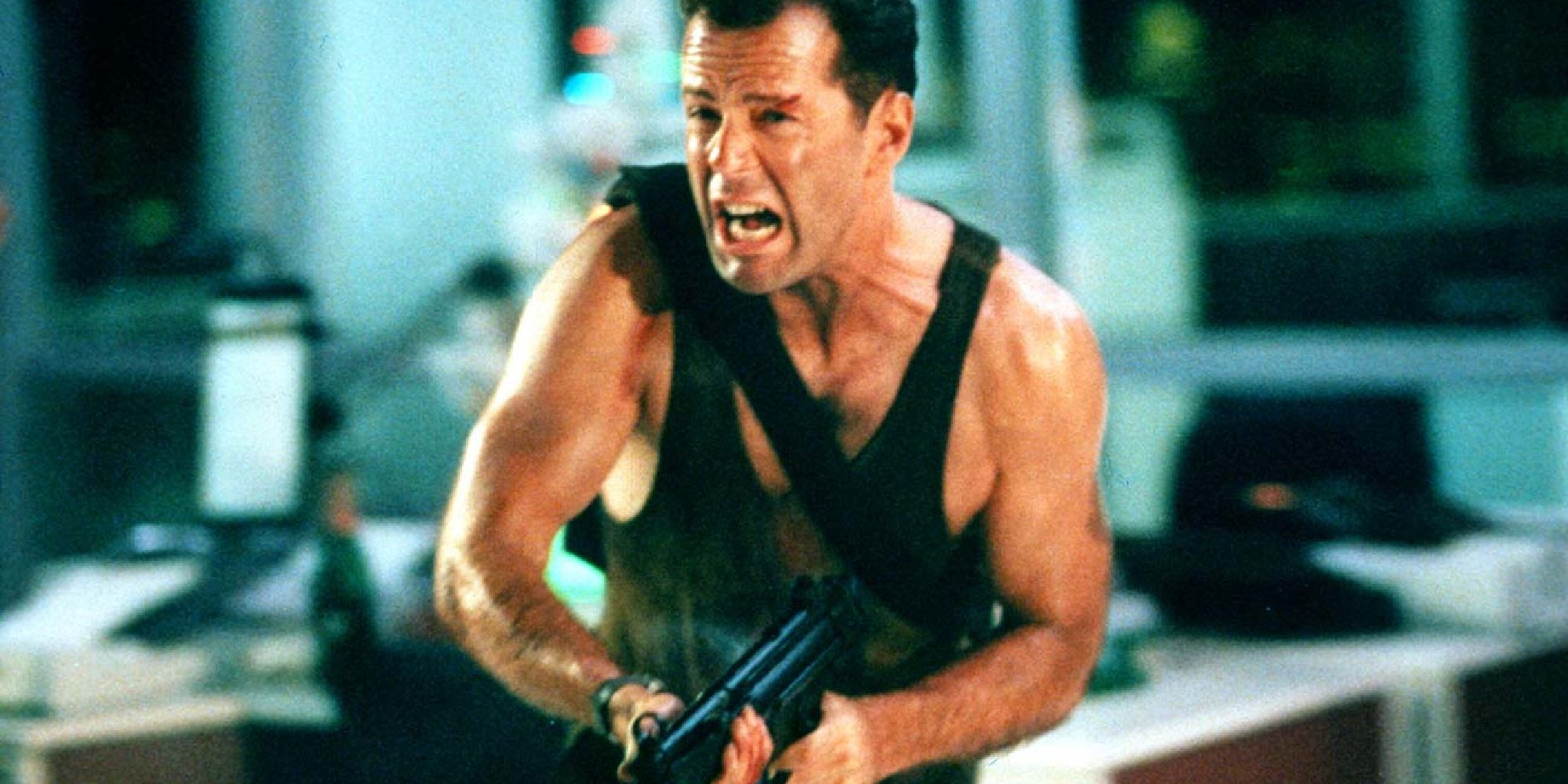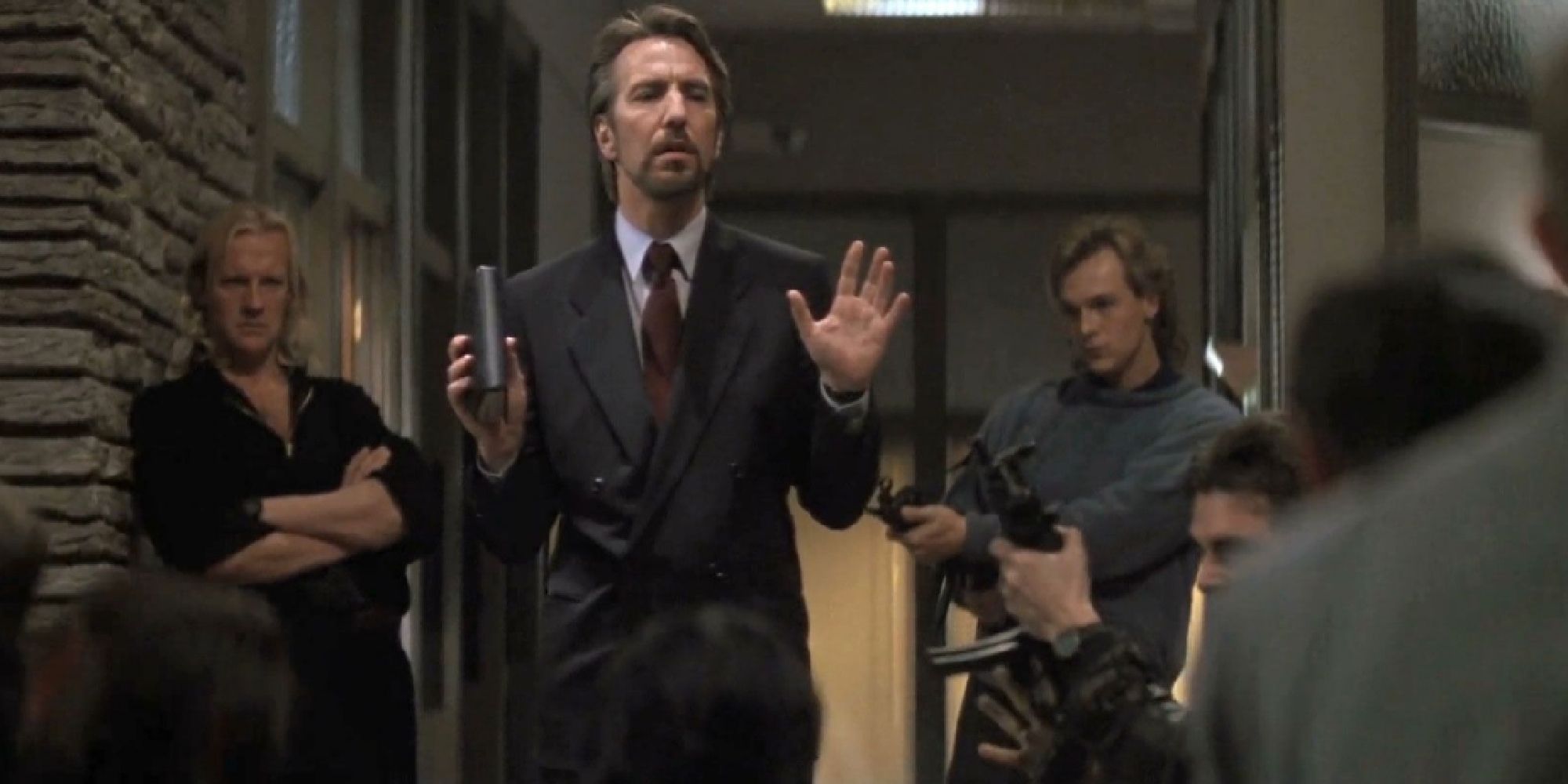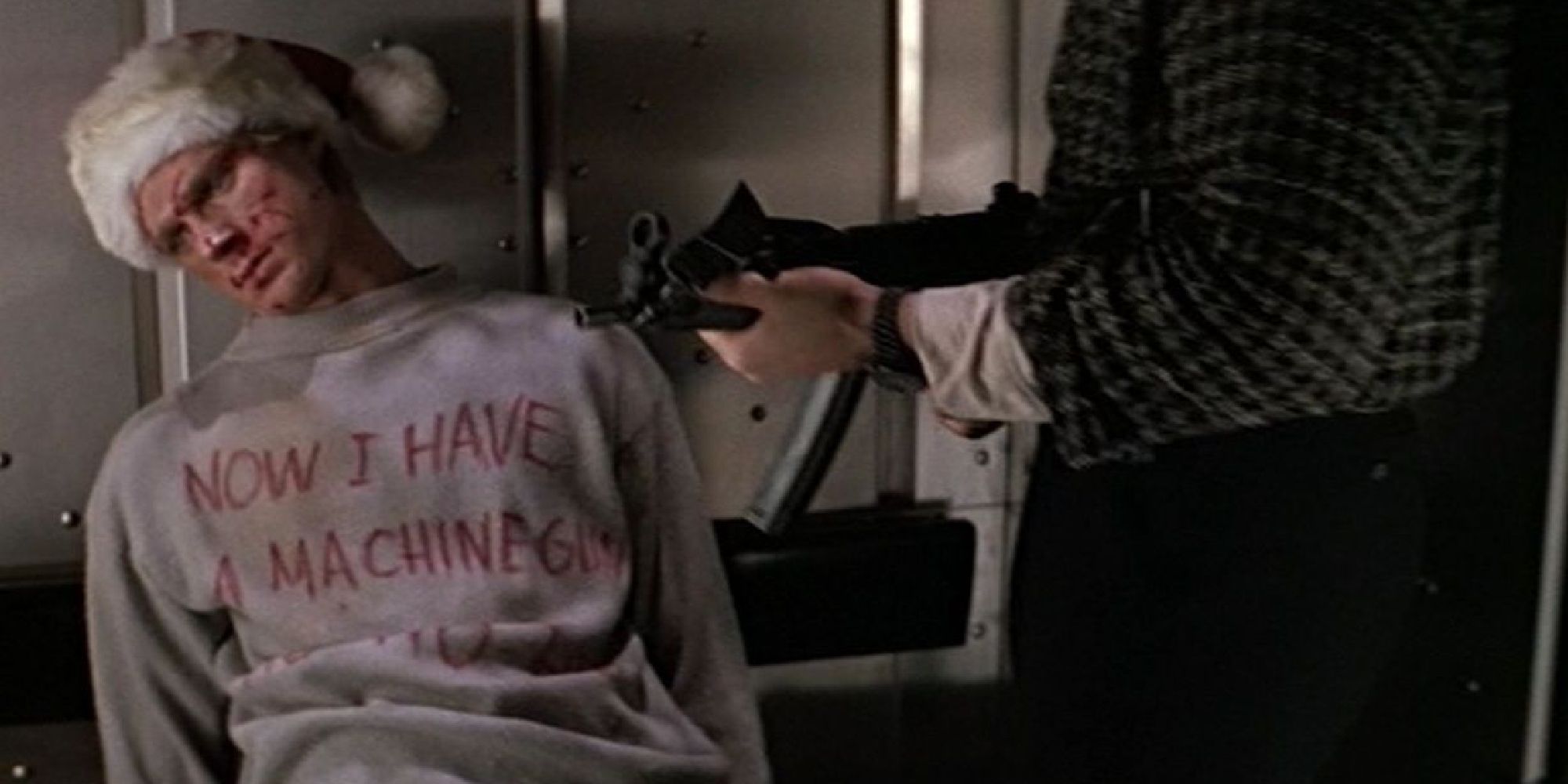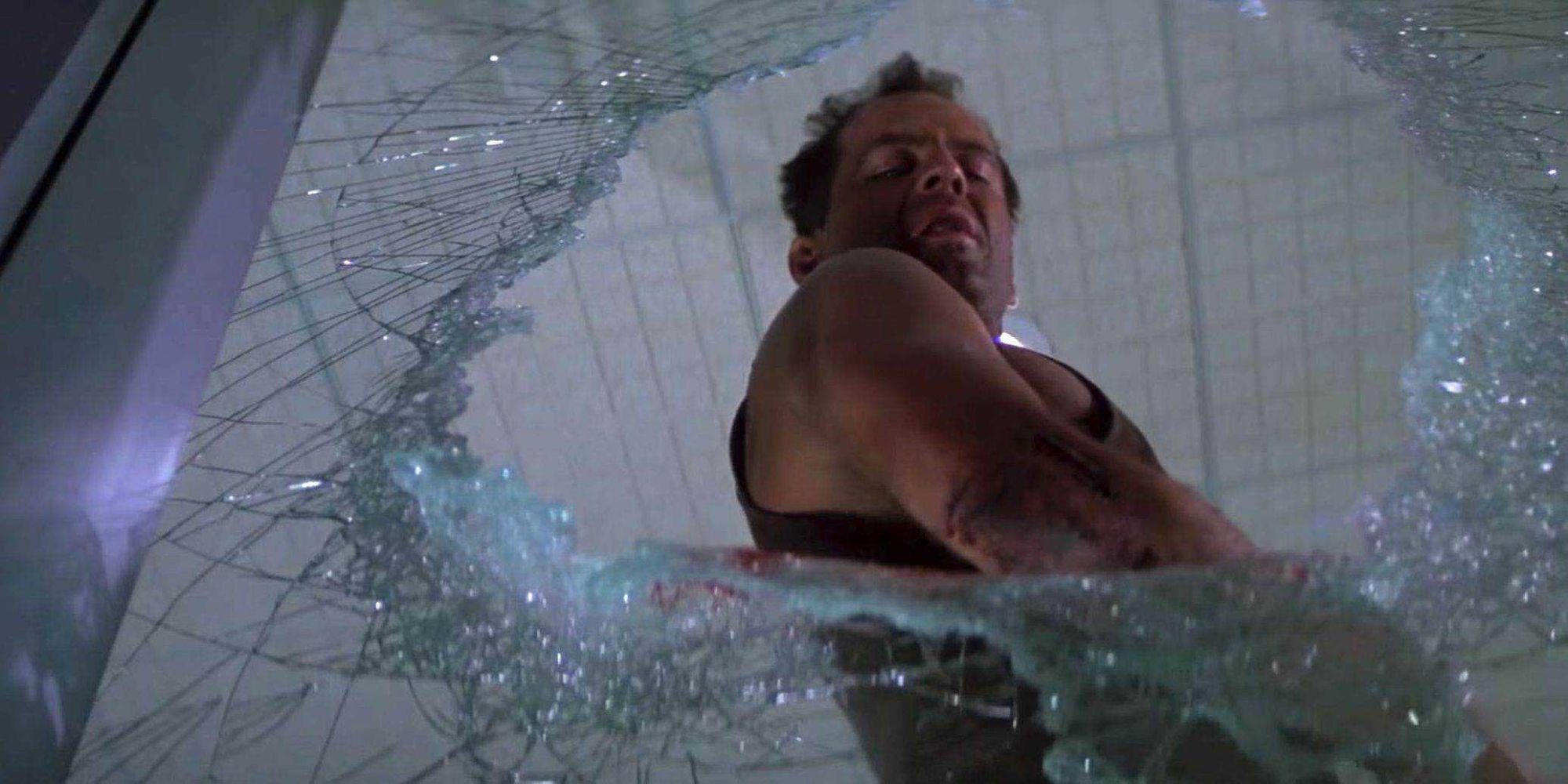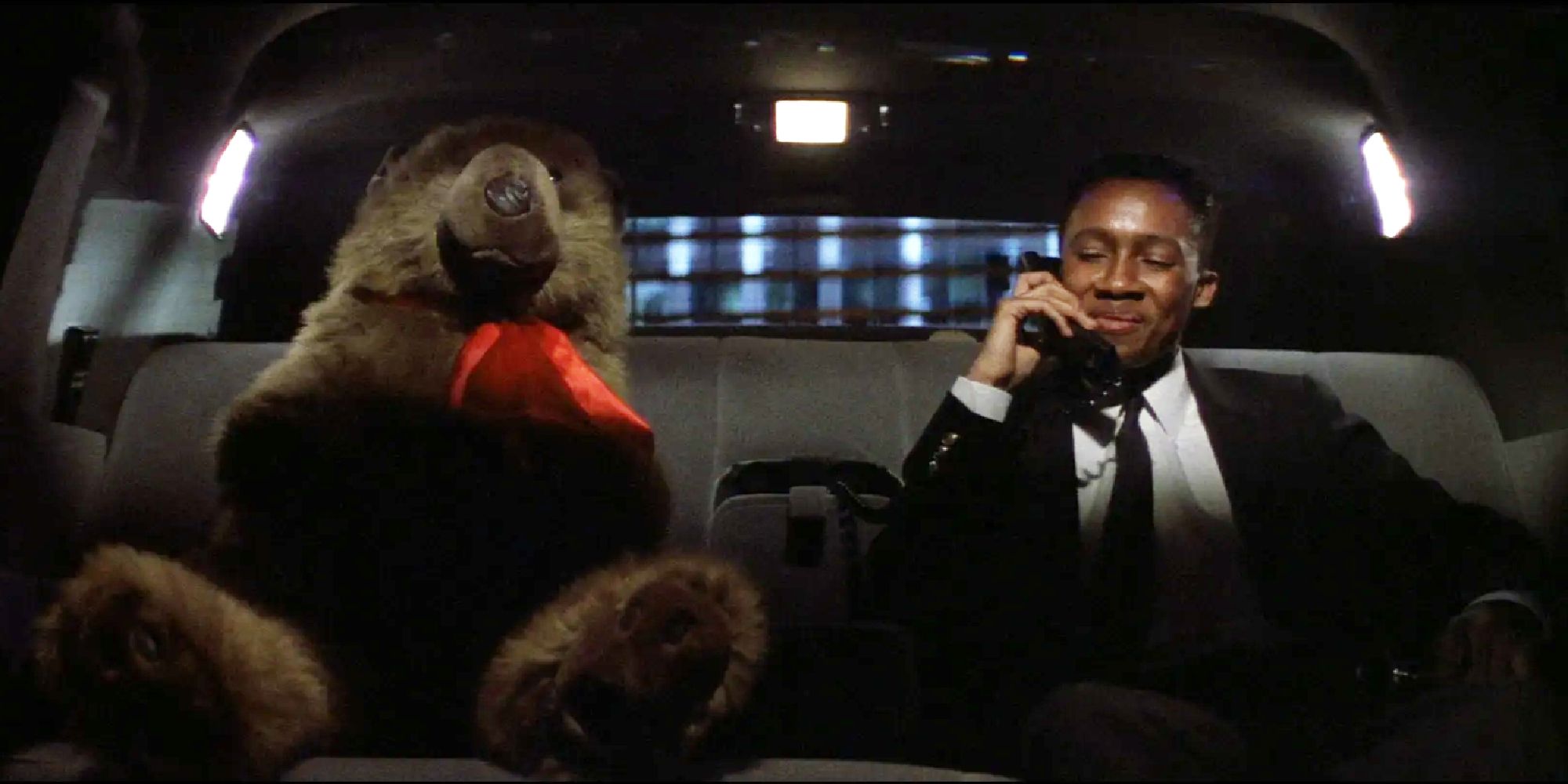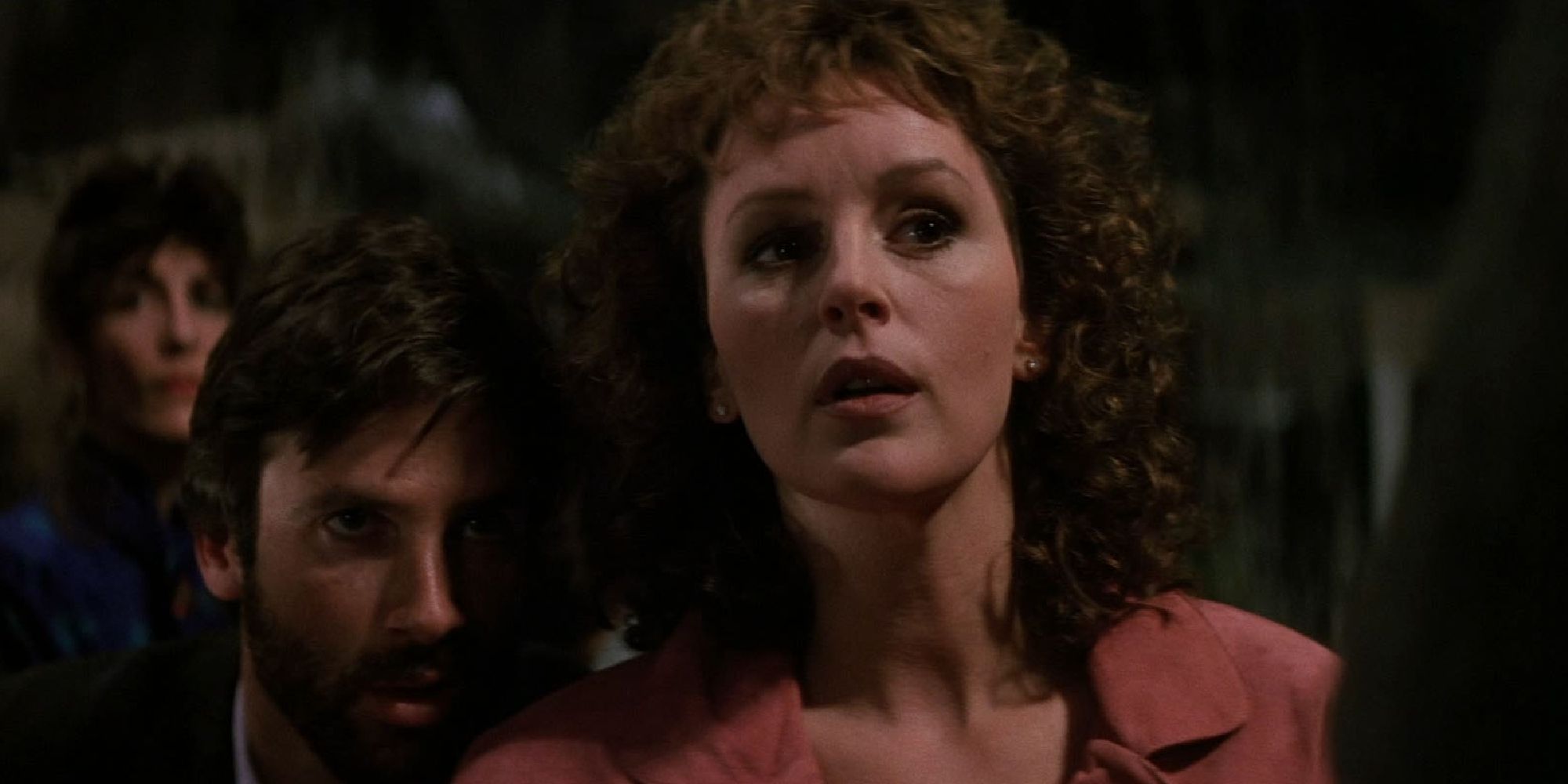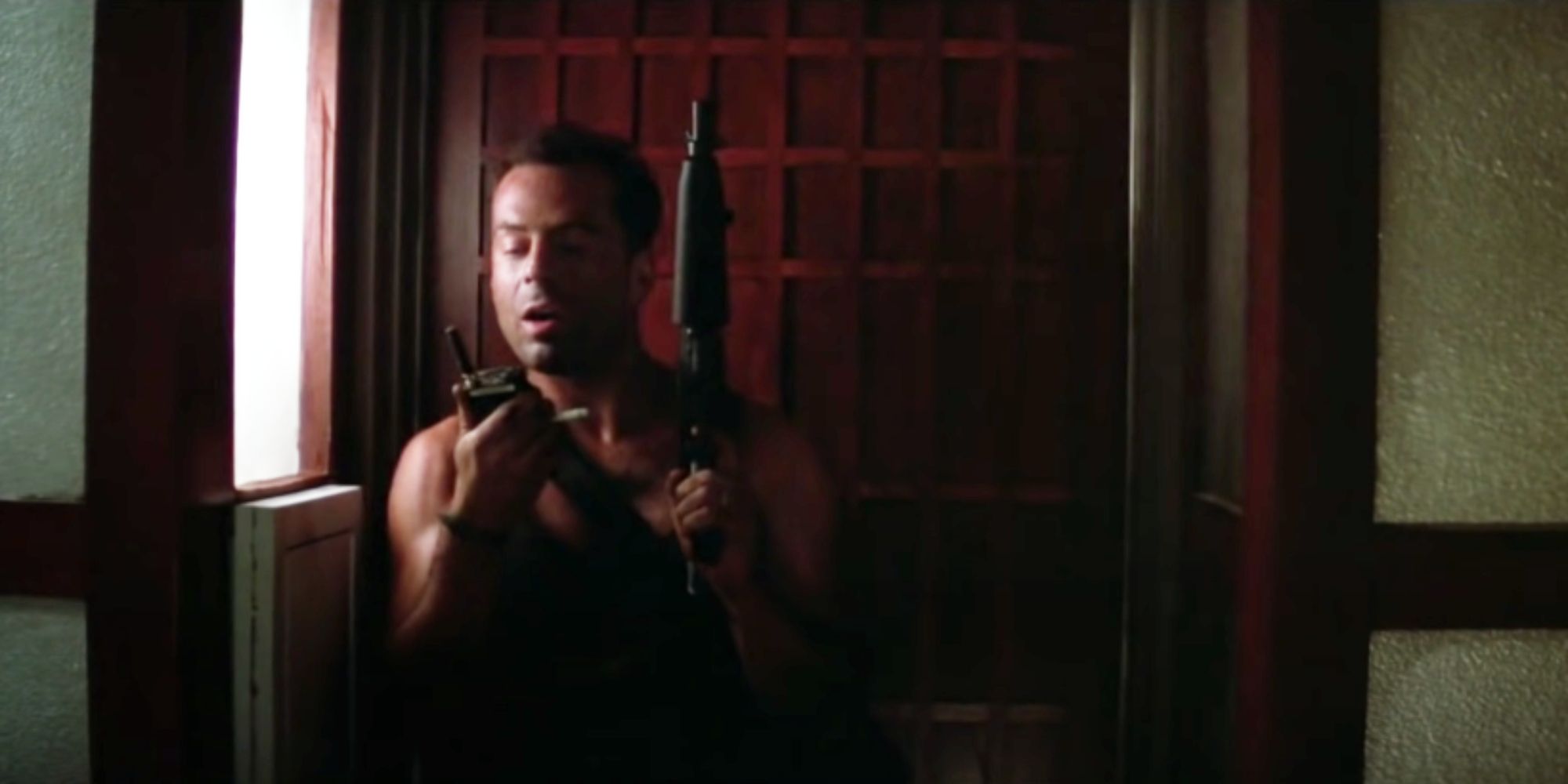It’s no controversy to call the original Die Hard one of the greatest action movies of all time (the controversial debate about whether it’s a proper Christmas movie, on the other hand, still rages to this day). It’s a simple premise executed perfectly, with one down on his luck hero, John McClane, stuck in a confined location with a group of ruthless terrorists who have taken the guests at a Christmas party hostage. Cue two hours of McClane fighting to survive and doing all he can to prevent Hans Gruber – the leader of the terrorists – from executing his plan.
Adrenaline-filled and expertly paced, it’s engaging to watch (and rewatch) from start to finish. With such a straightforward premise, it’s somewhat surprising that the action films it has influenced don't quite live up to it (and neither do its sequels) until you break down just why it’s so great. There are possibly countless reasons why it’s so revered, but a couple of key elements make it unique.
The Vulnerable, Everyman Hero
There would be no Die Hard without Bruce Willis. John McClane will forever stand as one of his most iconic roles, if not his most iconic. He brings the perfect amount of vulnerability, charisma, confidence, humor, and energy to the film's main character.
Die Hard may have made him an action movie icon, but Willis was a relative unknown for that before starring in it. Bruce Willis ensured that John McClane had a more relatable quality than characters in action movies played by Arnold Schwarzenegger or Sylvester Stallone. The way Willis’ character here is a hero who can still be hurt or even killed is one thing that makes Die Hard such an adrenaline rush.
The Evil Yet Charismatic Villain
A great hero needs a great villain, and with the legendary Alan Rickman as Hans Gruber, Die Hard contains one of the best villains in movie history. Gruber is calculating, uncompromising, and heartless to those that stand in his way… but at the same time, he’s also extremely charismatic and fun to watch (and listen to, thanks to Rickman’s instantly recognizable voice and delivery).
The pure villainy mixed with how charming and funny he can be means he’s a great deal of fun to root against. He might be a love-to-hate villain because of those different sides to his character, but either way, he’s a worthy foe for McClane to clash against and an all-time great movie villain.
The Grounded Premise & Setting
Many action films will set themselves somewhere spectacular or unusual. Sometimes you get fantasy worlds, outer space locations in science-fiction action films, or even more grounded action films like the James Bond franchise that have multiple locations in various exotic, beautiful countries.
Die Hard doesn’t, however, and opts to set almost all its scenes in a high-rise LA office building. While not every viewer would be familiar with LA, almost everyone watching will have been in some office setting. Therefore, the situation McClane deals with becomes more relatable and tense. It’s easier to ask, “What would I do?” and put yourself in his situation when he’s confined in such an everyday location, after all.
The Action
Like the setting, Die Hard's action is very grounded. There are no huge battles and not much in the way of overly-elaborate fight scenes. When McClane has to slug it out or shoot it out with one of the terrorists, it’s fast, brutal, scrappy, and by action movie standards, reasonably believable.
It does ramp up towards the end, with a solid build so that in the final act, viewers do get some larger-scale explosions and stunts. But it’s never too much to the point where it becomes implausible or unbelievable. One reason its sequels sometimes suffered in comparison was that they didn't understand that bigger isn't always better when it comes to action.
The Pacing
Die Hard goes for over two hours but doesn’t feel its length. It’s a water-tight, well-written screenplay that takes just the right amount of time establishing its characters and setting everything up before the main plot kicks into gear, at which point it doesn’t let up until the end.
When the ending does come, it’s satisfying and doesn’t overstay its welcome. It was expertly written and then equally well-edited to make for a balanced, engaging, never dull experience, and it’s a big reason why it’s such an easy movie to rewatch again and again.
The Humor
Just about every action movie needs at least some humor. It’s one way to keep things entertaining and an excellent way to defuse tension; it can also work to contrast against the more intense action scenes to make them hit harder and feel more impactful.
Die Hard never overdoes the comedy, having the perfect amount so that viewers can still take the story seriously but never feel like things are too heavy or downbeat. McClane complaining to himself about the situation he's in and the back and forth between him and Gruber via the walkie-talkie are two ways Die Hard maintains a sense of humor without letting it distract from the main plot or the action/thriller elements.
The Suspense
Maybe Die Hard isn’t as suspenseful today as it once was because, given the four sequels released in its wake: there’s no question McClane is going to make it out of the film alive.
It’s still possible to get caught up in the moment and feel the tension. It’s thanks to Willis’ vulnerable, relatable qualities, his outstanding performance, and the film’s willingness to put McClane through so much physical pain and throw so many obstacles his way that the film can remain tense, even when audiences now will have an idea of how it ends well before it does.
The Side Characters
Die Hard has so many great minor characters that it’s hard to name them all. Gruber’s crew are all great, and some have more personality than main villains from lesser action movies. There’s also Reginald VelJohnson as Sgt Powell and De'voreaux White as McClane’s limo driver, two of the rare people who are actually on McClane’s side throughout the movie, and they make for great allies.
Then there are some great minor antagonists, too, like the sleazy Ellis, the grumpy, gruff Dwayne T. Robinson, and the wonderfully despicable reporter, Thornburg (him being on the receiving end of Holly McClane’s punch is one of the film’s best moments). The fact that Die Hard's populated with such great side characters and minor villains is one of the ways it remains so memorable.
The Family Drama
Die Hard is a straightforward and exciting action movie, but it still finds time for some grounded, down-to-earth family conflict amongst the terrorists, shootouts, and explosions.
It’s never to the point where it detracts from the main plot. Still, the relationship drama (and redemption) between John McClane and his wife (Holly Gennaro at the start, Holly McClane by the end) is overall well-executed. Bruce Willis and Bonnie Bedelia have a very natural chemistry together, and the way they make up their differences by the film’s end feels believable and even heart-warming.
The One-Liners
Die Hard has become one of the most quoted movies of the past few decades, with plenty of memorable, funny lines that have entered pop culture (“Welcome to the party, pal,” “Now I have a machine gun, ho-ho-ho,” and of course “Yippee-ki-yay mother-f--ker,” to name a few).
It helps that actors like Rickman and Willis are so good at delivering these memorable dialogue lines. They strike a good balance between cool and funny, and are a big part of why those iconic one-liners have endured for over three decades now.

.jpg)
